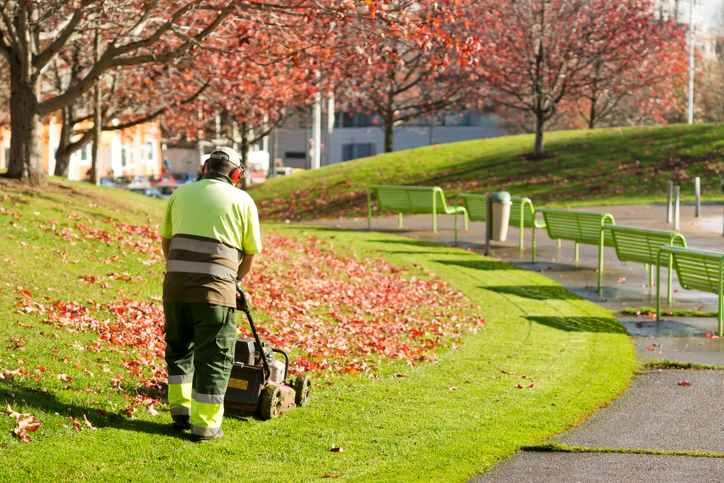
With summer on its way, it's important to focus on appropriate personal protective equipment (PPE) to shield workers from the harmful effects of UV rays while maintaining wearer comfort.
One area that can cause some confusion is workers' clothing choices and the debate over whether workers should wear longs (long sleeved shirts and long pants) or shorts (short-sleeved shirts and short pants).
The long and the short of it is – when it comes to protecting the skin from the harmful effects of the sun – the best option is usually longs. Longs can also provide a barrier to protect workers against negative impacts such as insect, reptile and animal bites, as well as abrasions, cuts and projectiles that could damage the skin.
A simple visual check can confirm that workers are adequately protected when performing their work tasks as longs provide consistent all day blocking of UV rays compared to sunscreen. Advancements in clothing material quality and technologies also means that workers are actually able to stay cooler and ultimately more comfortable when performing work tasks in hot environments compared to the use of sunscreen only.
For sunscreen to be effective workers must monitor its application, have the discipline to apply it throughout the day and be trained in the correct application. Sunscreen application should still be used when clothing cover cannot be provided, however it is a harder method of skin protection control.
In 2017, a former member of the Australian Defence Force (ADF) was successful in their workers compensation claim when diagnosed with skin cancer. A skin cancer clinician found that the repeated short bursts of sunburn the worker sustained whilst taking part in exercises within the Northern Territory, was a contributing factor.
In order for a similar workers' compensation claim to be made against a local government, the worker would have to prove that:
- the local government had a duty of care
- they breached their duty of care
- the breach directly caused the skin cancer
If a local government still provides PPE that includes shorts and shorts and wants to better safeguard their workers with longs and longs and prevent harm to health, consideration should be given, but not limited to:
- Involve workers in the PPE selection process.
- Talk to workers about the hazards of their role and obtain their feedback on identifying suitable ways to reduce risks.
- Have a smaller group of workers trial different PPE before implementing through the entire workforce to make sure it's problem free.
- Train workers on the harmful effects of sun exposure and the correct use and care of PPE.
Such practices will better enable the transition to longs and longs to be as smooth as possible, provide better protection to workers safety and health and prevent future workers compensation claims.
For more information contact your regional risk coordinator or the LGIS people risk team.